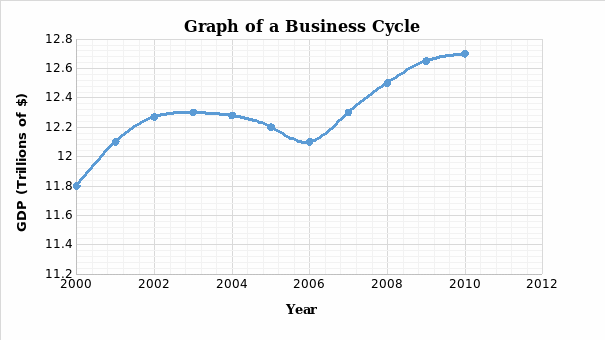Unemployment is unevenly distributed across the U.S. population (OpenStax, 2018). For instance, with regards to race, racial minorities tend to be faced with higher unemployment rates as compared to Caucasians. On the other hand, in the past, the unemployment rates of men used to be lower than that of women, however, in the recent decades, these two rates have been relatively close, usually with that of men being somewhat higher. Third, with regards to age, the unemployment rates are higher among younger individuals and decrease across the spectrum. Fourth, those with less education often suffer from higher unemployment. Finally, low-income countries are faced with higher rates of unemployment as compared to high-income states.
The natural rate of unemployment will only take place when the wage rates in the economy have adjusted such that the overall labor demand and supply are balanced. On the other hand, unlike the former, actual rate unemployment showcases significantly more volatility, which is resultant of short-term fluctuations in the labor market.
CPI
Business cycle

- Expansion (2001-2003) – There is an increase in production, income, employment, demand, and supply, which heighten the GDP. Moreover, the cash inflow and outflow are equal.
- Peak (2003) – At this point, the expansion phase has achieved its maximum limit. In this phase, factors such as production, employment, income, demand, supply, and GDP are high but constant.
- Recession (2003-2005) – All economic factors such as production, employment, supply, demand, and GDP are decreasing. Often producers are unaware of the decreasing demand and continue production; hence, supply exceeds demand.
- Trough (2005-2006) – All economic activities have declined below the normal level, hence the GPD becomes negative. Moreover, the unemployment level is high and the income level is low.
- Recovery (2006-2010) – Firms begin developing a positive attitude towards economic factors, for instance, employment, production, and income, thus, the GDP.
Sustained economic growth only takes place when labor productivity increases over time. The level of technology and the quantity of capital per hour worked are the two primary factors affecting labor productivity. An upsurge in either of these two factors results in increased long-run economic growth. Technological change is associated with better machinery and equipment. On the other hand, increased human capital suggests better methods of organizing and managing production. The supply of loanable funds is the willingness to save money and integrate it into a financial intermediary. The higher the interest rate that a saver earns, the more probable that they are to save money. This suggests that with regards to the supply of loanable funds, the quantity of savings available increases with the increases in interest rates. However, this does not apply to the demand for loanable funds; as the interest rate decreases, the number of loans demanded will increase.
Several factors impact the savings behavior, hence, the supply of loanable funds. Negative capital inflows, a decrease in public savings, and less preference for saving the result in the reduction of the supply of loanable funds. Moreover, when the supply reduces below equilibrium, the interest rate will increase. On the other hand, poor government policies and negative changes in the anticipated rate of return earned on investment spending cause the demand for loanable funds to decrease. Besides, when demand falls below equilibrium, the interest rate decreases.
The law of diminishing returns suggests that adding more of one factor of production will eventually result in lower per-unit returns. Furthermore, according to this law, as a nation continues to increase its physical and human capital, the marginal gains to economic growth diminish. This occurs even though these two types of capital will tend to increase GDP per capita. Therefore, this implies that developing economies can converge their investments to the levels that developed countries achieve.
Technological improvement changes the combination of inputs required in the production process. Therefore, the cost of production will be lowered, profits attainable at a given price will increase, and firms will produce more. On the other hand, if one input of production is increased while all others are held constant, a point will eventually be attained where additions of the input will result in increases in output.
Reference
OpenStax. (2018). Principles of economics. New York. Web.